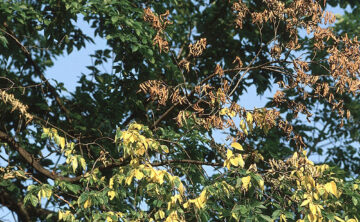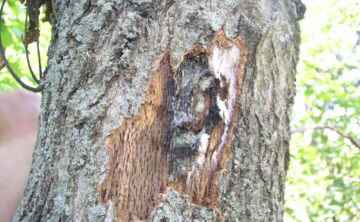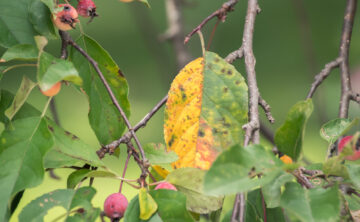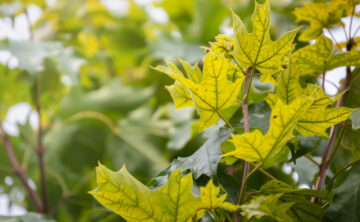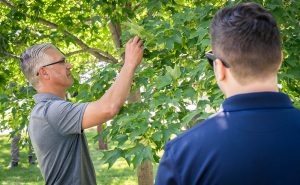Tree Disease Treatments & Prevention in Minnesota
Diseases caused by insects, fungi, and bacteria can take a toll on your trees and shrubs, leaving them struggling to thrive. While some diseases may not need treatment, others, such as oak wilt and Dutch elm disease, are deadly ongoing threats to our urban canopy. Our ISA Certified Arborists can correctly identify and provide treatment options for diseases commonly found on trees and shrubs in the Minneapolis and St. Paul metro area.
Our experts use a comprehensive approach to diagnose and treat diseases affecting tree health, and to help prevent future problems. We will also evaluate your trees to ensure there are no underlying insects or abiotic (non-biological) conditions, as more than one issue may be present if your tree is in poor health. Schedule a consultation with one of our arborists today to keep your trees disease-free!
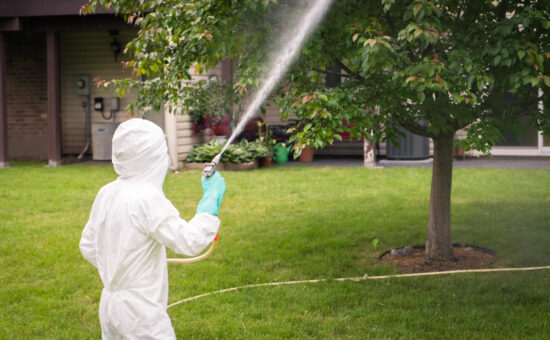
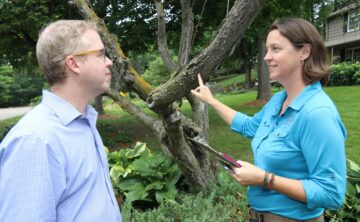
What can you expect from our tree disease treatment services?
The first step in tree disease treatment is for an ISA Certified Arborist to inspect your tree to correctly identify any diseases, insects, or abiotic conditions contributing to tree issues. Our tree experts have extensive training on diseases currently impacting the Twin Cities, along with scientifically-backed treatments.
One of our ISA Certified Arborists will:
- Positively identify the tree disease or health issue your tree is experiencing
- Discuss all disease treatment and management options
- Measure your trees for an accurate price estimate
- Provide a written estimate with detailed information about the services recommended
- Answer any questions you may have throughout the process
Your detailed proposal will include the disease treatment method, product, and timing. We will notify you before the time of service once you accept your proposal. A licensed applicator will treat your trees with the right product at the right time to target the disease. Because timing is the key to a successful treatment, Rainbow Treecare carefully monitors environmental cues to determine the ideal time for the treatment to occur. By using products targeted to your specific disease, along with a carefully timed application, we minimize the product needed to solve your tree’s problem.
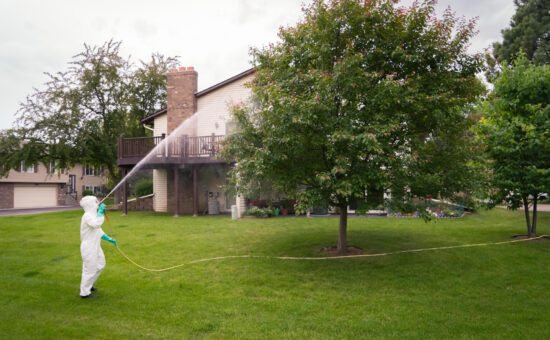
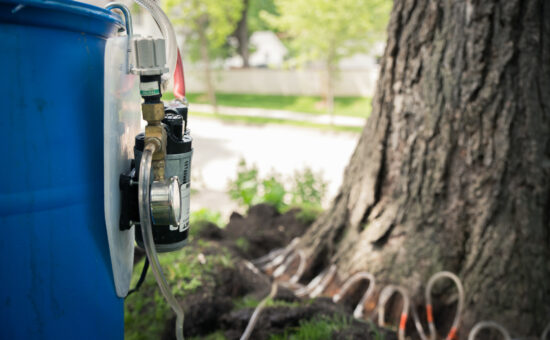
Depending on the disease, your arborist will recommend the appropriate product and application method scientifically proven to control your pest. Application methods include:
- Spray treatments targeting the tree’s canopy (up to 25-35 feet) and bark. Note we will not spray while it is raining or windy.
- Trunk injections involve drilling small holes at the base of the tree to deliver the product with specialized equipment. The tree’s vascular system will transport the product throughout the tree.
More information on diseases that commonly impact Minnesota trees
Why choose the experts from Rainbow Treecare?
We are Minnesota’s premier licensed and insured tree experts. With over 45 ISA Certified Arborists on staff, we are highly skilled in assessing and performing the services that enhance the health and longevity of your trees. Many factors contribute to a tree’s overall health, including site-specific concerns such as nutrient levels or compacted soil. Our tree experts will address the bigger picture to provide the best treatment outcomes. Additionally, one of our core values is safety. You can rest easy knowing our team will perform all services while taking every precaution to keep our staff, bystanders, and your property safe.
Additional frequently asked questions about tree disease treatments
Diagnosing tree diseases requires in-depth knowledge, including tree species, growing conditions, and current diseases impacting the Twin Cities metro. As a homeowner, you may see symptoms, such as canopy dieback, and be unaware that a disease is the culprit. Our ISA Certified Arborists have extensive training in disease identification, potential tree health threats, and effective treatments.
With our treatment protocols, we do everything possible to eliminate or reduce harm to non-target species, including pollinators. We use products with ingredients that have no known adverse effects on beneficial and non-target organisms (including earthworms and honey bees) pollinator-safe ingredients to treat plants while they are flowering and being visited by pollinators. As part of our ongoing commitment to safety and the environment, we are constantly updating our best practices to achieve desired results while ensuring treatments are safer for pollinators.
Read more frequently asked questions about our disease treatments!
Schedule your service today!
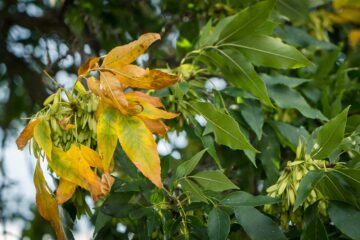
What is the Impact of El Nino on Minnesota Trees?
In the intricate dance of weather patterns, few hold as much sway as El Niño. This climate phenomenon, characterized by the periodic warming of sea
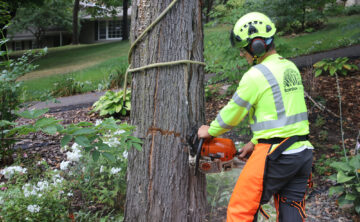
Why Hire an Expert for Ash Tree Removal
Prior to the emerald ash borer’s discovery in 2009 in St. Paul, Minnesota, approximately 20% of the urban canopy were ash trees. As this destructive
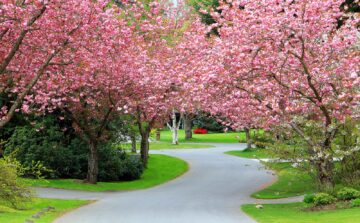
Spring Tree Care Checklist for Minnesota Homeowners
Welcome your trees back from their winter slumber with a little love and care. Spring is an important time for the trees and shrubs in
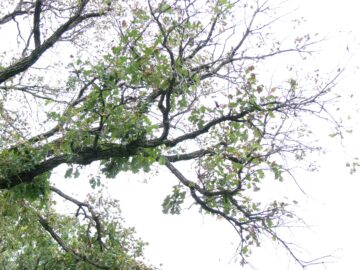
So What is Bur Oak Blight?
Bur Oak Blight (BOB) is a fungal disease affecting bur oak trees acroos Minnesota, Iowa, and neighboring states. In recent years, this disease has increased

